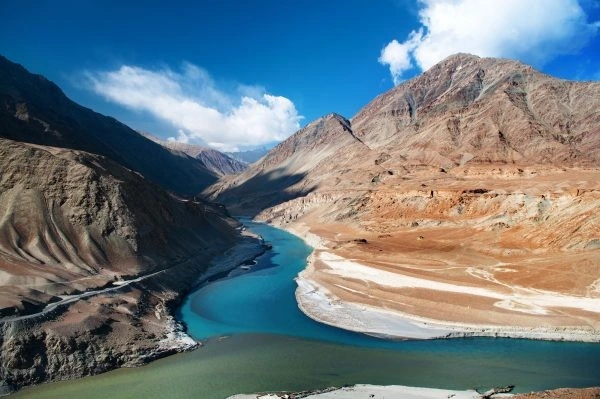Navigating the Sea of Opportunity

The Mediterranean Sea, long regarded as a historical crossroads of commerce and culture, once faced severe environmental challenges. By the mid-20th century, this vital body of water was suffering from widespread pollution, overfishing, and coastal degradation. With numerous countries bordering its shores, each with its own political and economic interests, addressing these issues required a collaborative and pragmatic solution. The response came in the form of the Mediterranean Action Plan, launched in 1975 under the United Nations Environment Programme. This plan was among the first region-wide efforts to protect a shared marine environment through cooperation, even among nations with conflicting interests.
The Mediterranean experience is a useful example for other complex maritime regions, particularly the South China Sea. Much like the Mediterranean, the South China Sea is a crucial economic and ecological zone. It is home to major shipping lanes, abundant fisheries, and diverse marine ecosystems. However, this region also grapples with intense geopolitical disputes, primarily over territorial claims. These tensions often hinder any meaningful dialogue on environmental preservation, yet the threat to the ecosystem is real and urgent. Coral reefs are dying, fish stocks are depleting, and pollution from coastal development continues to rise.
If the countries bordering the South China Sea wish to protect their shared environment, they can draw valuable lessons from the Mediterranean’s journey. Chief among these is the emphasis on scientific collaboration and depoliticized cooperation. In the Mediterranean case, countries agreed to focus on environmental protection regardless of political differences. Scientific data played a central role in informing policy decisions, and collaborative monitoring efforts helped build trust over time. A similar approach in the South China Sea could allow for joint research missions and transparent data sharing, creating a foundation for further cooperation.
Marine Protected Areas, or MPAs, are another useful tool. In the Mediterranean, MPAs have helped to restore ecosystems, boost fish populations, and support sustainable tourism. These areas are carefully managed to limit human impact, allowing ecosystems to recover and regenerate. Introducing MPAs in the South China Sea could serve as a neutral and constructive initiative, one that benefits all participating nations. It would require negotiation and consensus, but the shared benefits of improved biodiversity and fishery yields could outweigh short-term political concerns.
Regional institutions also play an important role. In the Mediterranean, organizations such as the General Fisheries Commission and the Barcelona Convention Secretariat provided platforms for dialogue, regulation, and enforcement. The South China Sea, while lacking a direct equivalent, could leverage existing institutions like ASEAN to promote cooperative marine management. ASEAN’s emphasis on consensus and regional harmony, although slow-moving at times, may offer a viable framework for initiating cross-border environmental initiatives.
Incorporating the principles of the blue economy could further align environmental goals with economic interests. The blue economy advocates for sustainable use of ocean resources in ways that support economic growth while protecting marine ecosystems. This approach includes sustainable fisheries, eco-tourism, renewable marine energy, and marine biotechnology. For the South China Sea nations, many of which rely heavily on the ocean for food security and employment, investing in a blue economy could provide both short-term and long-term benefits. It also offers a non-contentious starting point for regional cooperation, focused more on mutual prosperity than territorial control.
Public engagement and awareness are also vital. In the Mediterranean, citizen involvement, local NGOs, and educational campaigns have been essential in building a culture of marine conservation. For the South China Sea, similar efforts could increase public understanding of the ecological crisis and pressure governments to act responsibly. Coastal communities, in particular, have a direct stake in the health of marine environments and can be powerful advocates for sustainable practices.
Adopting such a Mediterranean-inspired approach does not require resolving all territorial disputes in the South China Sea. Instead, it asks nations to look beyond sovereignty issues, at least temporarily, to address shared environmental concerns. The urgency of ecological degradation offers an opportunity to build trust, reduce tensions, and eventually pave the way for broader cooperation. While the political landscape is complex, the ecological interdependence of the region is clear.
Ultimately, the story of the Mediterranean’s transformation, from a polluted sea plagued by fragmentation to a model of cooperative marine governance, demonstrates what is possible when nations choose collaboration over conflict. For the South China Sea, facing a similar crossroads, the time to act is now. Environmental cooperation could be the first step on a path toward regional peace and prosperity, benefiting both present and future generations.











